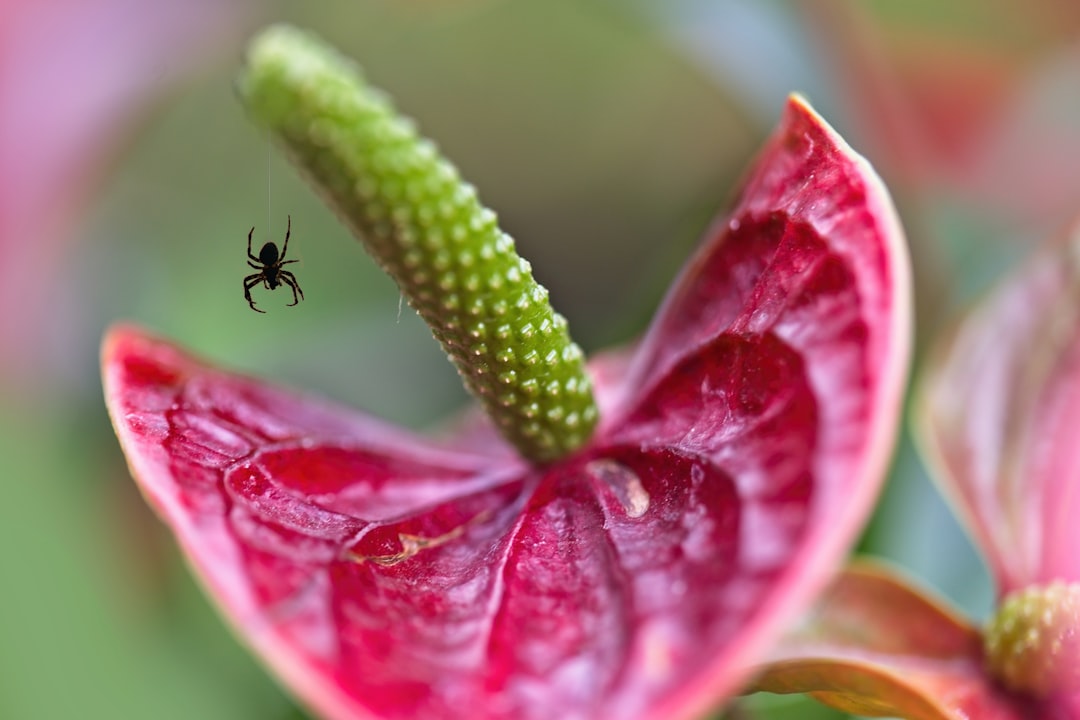The Hidden Threat to Your Roses: Rose Rosette Disease Unveiled

Roses are often regarded as the queens of the garden, with their vibrant colors and enchanting fragrances. However, there is a silent and menacing threat that can turn a beautiful rose garden into a desolate landscape - rose rosette disease. In this article, we will delve into everything you need to know about this disease, including prevention, diagnosis, and management strategies to stop its spread.
### What is Rose Rosette Disease?
Rose rosette disease is a viral disease that affects roses. It is caused by the rose rosette emaravirus, which is transmitted by a tiny mite called Phyllocoptes fructiphilus. This disease is specific to roses and can cause severe damage to various rose species and cultivars.
### Symptoms of Rose Rosette Disease
One of the most characteristic symptoms of rose rosette disease is the abnormal growth of new shoots. Infected roses often produce excessive, elongated, and spindly stems that are a deep red or purple color. These shoots may also have an increased number of thorns, which are often thicker and more prominent than normal. Another common symptom is the distortion of leaves. Leaves may become curled, puckered, or have a fern - like appearance. Additionally, infected roses may produce abnormal flowers, such as those with excessive petals or a deformed shape. The overall growth of the plant may be stunted, and the plant may decline in health over time.
### Prevention of Rose Rosette Disease
Preventing rose rosette disease starts with choosing the right roses. Some rose varieties are more resistant to the disease than others. When selecting roses for your garden, look for disease - resistant cultivars. It is also important to maintain good garden hygiene. Remove any wild roses or multiflora roses from the vicinity of your garden, as they are often carriers of the disease. Regularly clean your gardening tools, such as pruning shears, to prevent the spread of the virus from one plant to another. You can disinfect your tools by soaking them in a solution of one part bleach to nine parts water for at least 30 seconds.
### Diagnosis of Rose Rosette Disease
Diagnosing rose rosette disease can be challenging, especially in the early stages. However, if you notice the characteristic symptoms mentioned above, it is likely that your rose is infected. If you are unsure, you can send a sample of the infected plant to a plant diagnostic laboratory for testing. These laboratories can use molecular techniques to confirm the presence of the rose rosette emaravirus.
### Management of Rose Rosette Disease
Once a rose is infected with rose rosette disease, it is usually best to remove and destroy the entire plant. Do not compost the infected plant, as the virus can survive in the compost and infect other plants later. Pruning infected parts of the plant may not be effective, as the virus is systemic and can spread throughout the plant. In some cases, you can try to control the mite population by using miticides. However, this should be done in conjunction with other management strategies, such as removing infected plants.
### The Importance of Early Detection and Action
Early detection and action are crucial in managing rose rosette disease. The longer an infected plant remains in the garden, the higher the risk of the disease spreading to other roses. By being vigilant and regularly inspecting your roses for symptoms, you can catch the disease early and take appropriate measures to protect your garden. Remember, prevention is always better than cure when it comes to rose rosette disease. By following the prevention, diagnosis, and management strategies outlined in this article, you can keep your rose garden healthy and beautiful for years to come.
In conclusion, rose rosette disease is a serious threat to roses, but with the right knowledge and actions, you can prevent its spread and protect your precious rose plants. Whether you are a novice gardener or an experienced horticulturist, understanding this disease is essential for maintaining a thriving rose garden.